In the past few years, I have been fortunate for many opportunities that I have been given to share my take on St. Louis history. In presentations, tours, and talks to various groups and organizations, I’ve found that I really enjoy getting out and talking up the great history of this city. I also always try to accompany my talks with plenty of visuals, photographs, and maps. I mix it up based on what the event is, but a few images have been included in nearly every presentation I have given. One of them is this image, which features the three famous standpipe water towers located in St. Louis.
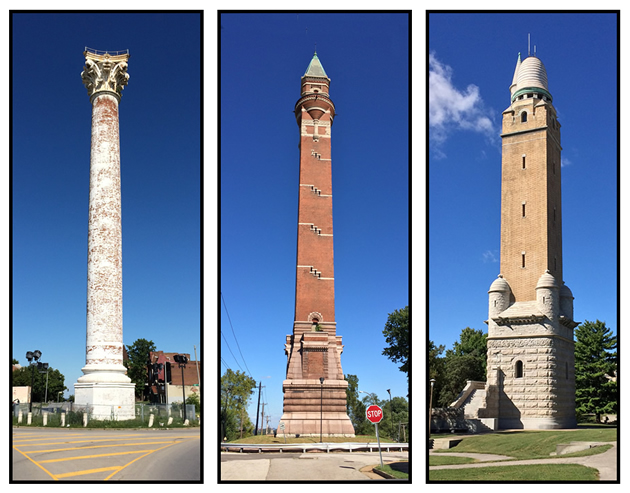
I say “famous” because just about anyone who has lived in or spent time in St. Louis has at least seen these three structures. They are standpipe water towers, and each one of them played an important role in helping deliver water to the people of St. Louis in the late 19th and early 20th Centuries. All three of them rise more than 150 feet into the air, and they are hard to miss if one happens to be on a nearby highway or in a city neighborhood that happens to have one. From left to right, they are the Grand Avenue Water Tower, the Bissell Street Water Tower, and the Compton Hill Water Tower.
The notable fact about St. Louis and its three towers is that although hundreds of these standpipe water towers once existed all over the country, only seven remain standing today. St. Louis has three of them, with Milwaukee, New York, Chicago, and Louisville rounding out other four. This is the same fact I use in my presentations, and it always gets a nice response from the audience. I always notice a few people nodding their heads in agreement or a few others showing pleasant surprise. St. Louis likes being a winner, and St. Louis won the water tower game.
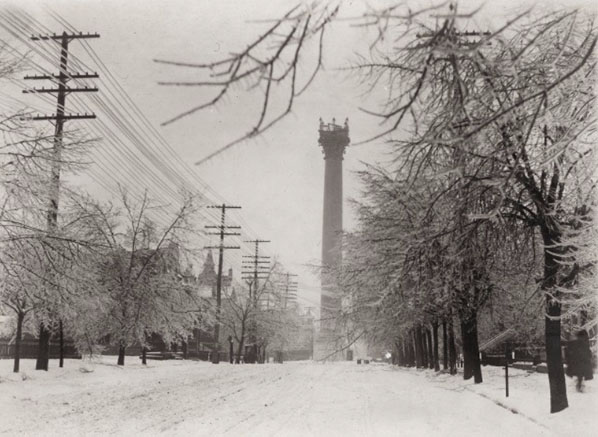
The towers are special to me because along with a few other structures (such as the bear pit wall in Fairground Park), the towers are a reason I started writing this blog. Back when I started to poke around St. Louis to get a better look at it, I was repeatedly drawn to these three structures. However, while I’ve stared at these towers, photographed them, talked about them, and even climbed one of them a few times over the years, I’ve never really tried to figure out the answer to one important question:
How did they work?
Not intending to make it a blog post, I set out to learn a bit more about the towers for my own benefit. But along the way I learned some good stuff, so I decided to turn it into a quick Distilled History entry. And fortunately, few topics have been easier to research. Each tower has its own Wikipedia page, the National Register of Historic Places nomination forms for each are available online, and a simple Google search landed me a St. Louis Post-Dispatch article written by Joe Holleman that answered the very question I was asking. And best of all, the Compton Hill Water Tower even has its own foundation with plenty of information available to those interested.
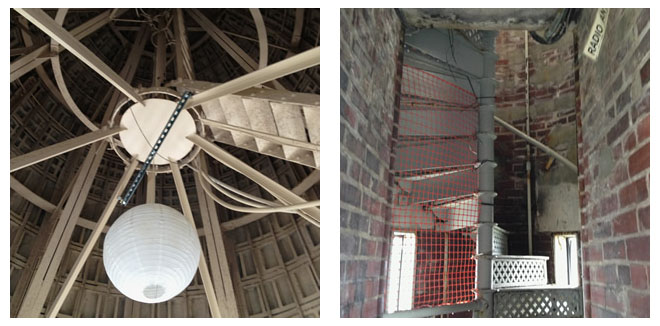
Prior to working on this post, I had always assumed the three water towers somehow served the same purpose as modern water towers do today. Simply put, I thought they stored water. I just never took the time (until now) to figure out where all the water was being held (the St. Louis water towers look much skinnier than today’s bulbous versions). But I soon learned that water storage was never the intended purpose. In fact, they aren’t even the same kind of water tower. The key function of the St.Louis towers was not storing water, but regulating water pressure.
According to the St. Louis Water Department, in the mid-to-late 1900’s the city utilized a system of steam-driven pumps to deliver water from water plants to consumers in and around the city. The water got around no problem, but the steam pumps created surges in water pressure. The steam pumps caused water pipes to frequently rattle and shake, and delivering water to the upper levels of multi-story buildings was difficult. To remedy this, each water tower contained an enormous (100+ feet tall, 5-6 feet wide) vertical iron pipe filled with water. The standpipe acted like a vent, with the water level rising and falling as the intensity of the water pressure in the water mains fluctuated. As a result, the water towers were responsible for allowing consumers to get an even flow of water from the city’s waterworks.

I was also interested to learn that even the masonry sheathings found on each tower serves a special purpose. Each has its own unique and beautiful exterior, and it’s logical to assume that the decorative masonry installed on each was done for aesthetic purposes. Actually, there’s more to it. The primary functions of the stone, brick, and terracotta exteriors are to protect the standpipe inside. If left to the elements, water inside the giant pipes would freeze, causing the pipes to burst like any standard water pipe would.
It’s also important to note that the water towers, especially the Grand Avenue and Bissell Street towers, represented the city’s first modern and comprehensive water distribution system. As new areas of the city suddenly had a working water supply, new builders, homeowners, and businesses began to populate new neighborhoods. St. Louis actually grew because of these water towers.
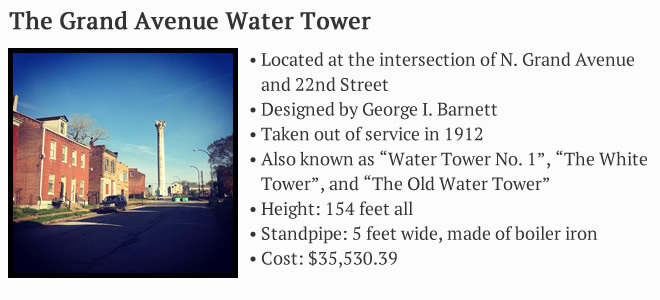
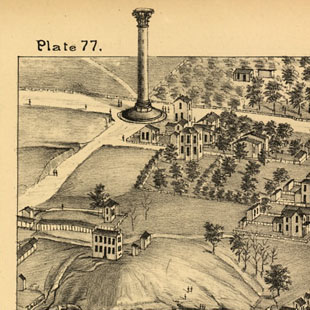
Located at the intersection of Grand Avenue and 20th Street in the College Hill neighborhood, the Grand Avenue Water Tower is the oldest of the three St. Louis water towers. Built in 1871 when Grand Avenue was still a dirt road, the Grand Avenue Tower was designed by architect George I. Barnett, who also designed the Old Courthouse, Henry Shaw’s Tower Grove House, and the Missouri Governor’s Mansion. Interestingly, the Grand Water Tower was commissioned when a man named Thomas Whitman, the brother of the poet Walt Whitman, worked as an engineer for the St. Louis Water Department. The Grand Water Tower served St. Louis until 1912 when the city installed a modern pump system that delivered water at an even pressure and the need for the tower was eliminated. Soon after, the iron standpipe and spiral interior staircase were removed. In the 1920’s, lights were installed atop the Grand Water Tower and were used as aviation beacons. According to the tower’s National Register of Historic Places nomination form, some in the city government wanted the tower razed in the 1930’s, but a group of local businessmen successfully “agitated to have it restored”. Today, the Grand Water Tower may need a coat of paint or two, but it continues to stand tall in north city. It can also lay claim to being the tallest free-standing Corinthian column in the world.
![]()
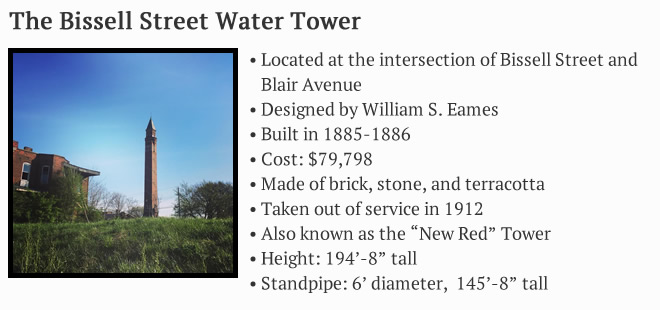
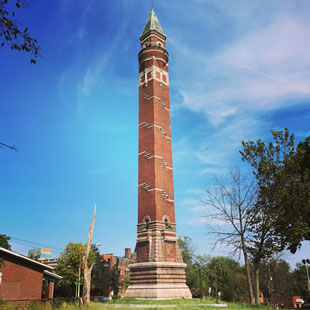
Located just a couple blocks east of the Grand Water Tower, the Bissell Street Water Tower stands at the intersection of Bissell Street and Blair Avenue in North St. Louis City. Completed in 1886, the Bissell Street Water Tower (or “Red” Tower as it is commonly called) was designed by William S. Eames, the deputy commissioner of public buildings at the time. Built to
supplement the nearby Grand Avenue Water Tower, both towers were located near the Bissell Point Plant, the city’s first water treatment facility. Standing at 194 feet tall, the Bissell Street Tower is the tallest of the three water towers in St. Louis (and it’s also taller than the four found in other cities). Set in a circular plaza 67 feet in diameter, the “New Red” tower (as it is also known) is my personal favorite. But the New Red Tower doesn’t seen to get as much attention as the others, perhaps due to the fact that it sits off the beaten path. And maybe as a result, it has spent more time under threat of demolition than the other two. After being removed from service in 1912 (the same year as the Grand ower), the Bissell Tower spent much of the 1900’s under the threat of demolition. Efforts were made by the city in the 1950’s and 1960’s to have it razed. Fortunately, a study concluded that restoring the tower would not be significantly more expensive than tearing it down. With help from a grant from the U.S. Department of the Interior, the tower was restored in the 1970’s and continues to stand today.
![]()
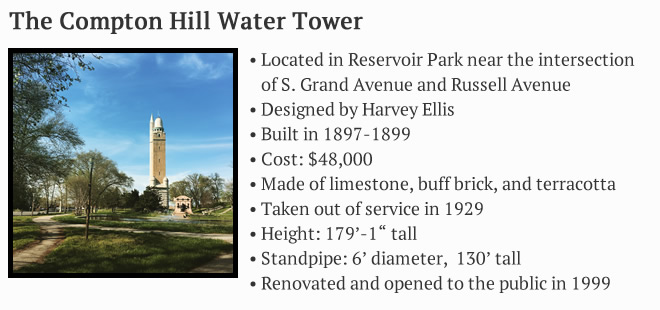
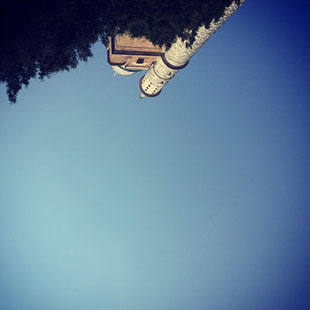
The youngest of the three water towers, the Compton Hill Water Tower was built in 1898. It was designed by architect Harvey Ellis, a man who had a hand in Theodore Link’s winning design for St. Louis’s Union Station. Located in Reservoir Park at the intersection of South Grand and Russell, the Compton Hill Water Tower stands 179 feet tall. It remained in service until 1929. Along with being a magnificent icon in South St. Louis, the Compton Hill Water Tower is also special because it’s the only tower open to the public. On one Saturday each month (and on evenings with a full moon), the Water Tower Park & Preservation Society will let people in to climb the 198 stairs to an observation room and get a fantastic 360-degree view of St. Louis. It’s the same thing people were doing 113 years ago, when thousands of visitors climbed the tower during the summer of the 1904 World’s Fair. From the top, the 28-million gallon Compton Reservoir can’t be missed, a reservoir that still provides water to residents of the city. The Compton Hill Water Tower also shares Reservoir Park with the a large bronze sculpture known as “The Naked Truth”. Designed by Berlin sculptor Wilhelm Wandschneider, the Naked Truth honors the German-American press in St. Louis. Due to the statue’s nudity, the Naked Truth created a bit of controversy when the design was unveiled.![]()
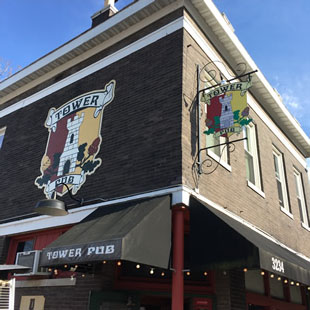
Getting a drink to celebrate the three water towers was tough. Not a single (and I mean not one) drinking establishment exists near any of them. Well, the Compton Hill Tower has a few bars within a few blocks, but nothing that really relates to the iconic structure. And as many know, the neighborhood around the Grand and Bissell Towers is a struggling one. As a result, I decided to get my drink at a place that at least shares a word with what I had been thinking about: Tower Pub on Morganford.
I actually go to Tower Pub often. They have a nice patio and good happy hour specials. It gets too crowded for me later in the evening, but it’s a pleasant south city hangout. And along with toasting water towers, I had another exciting reason to share a few Urban Chestnuts with friends. Yesterday (April 13, 2017), was the day I finally could hold my new book with my own two hands.
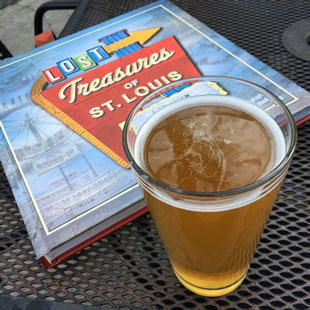
After picking up cases of Lost Treasures of St. Louis from my publisher, I made sure to get out and celebrate two years of hard work (and I may have celebrated a bit too much). I’ll have more to share about that project in the future, but please consider purchasing a copy in the time being. Signed copies can be purchased in the Distilled History Store (the link is also at the top of the page), but the book is available in bookstores and other retail outlets as well. I’ll also have plenty of events and signings in the coming months. As for the water towers, I recommend getting out and taking a closer look at these fine structures (and be sure to climb the Compton tower). All three were made City Landmarks in 1966, and they each hold a special place in the story of St. Louis.
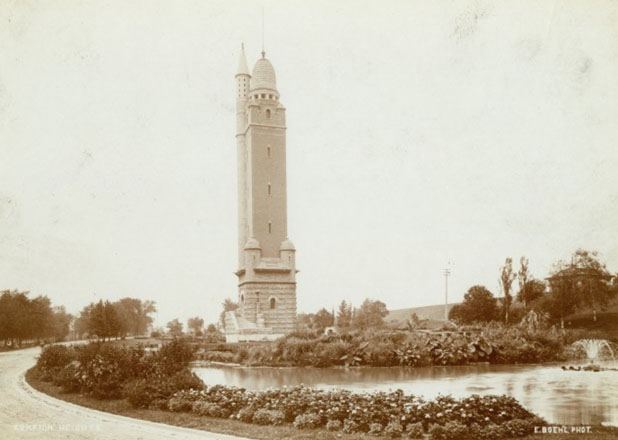
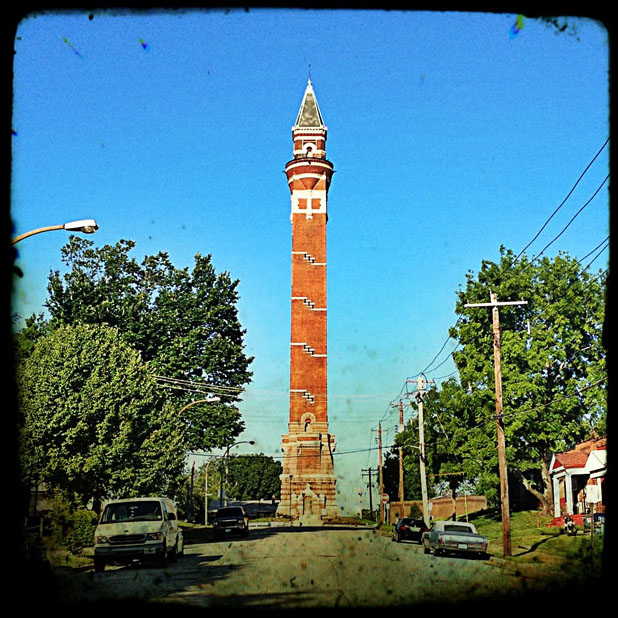
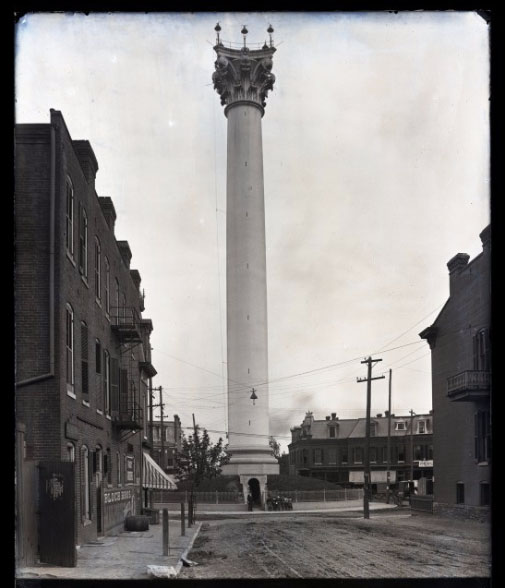

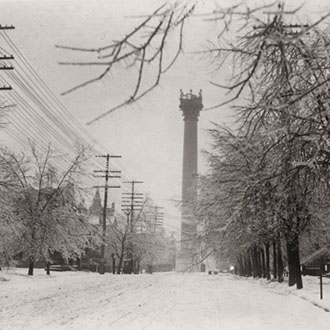
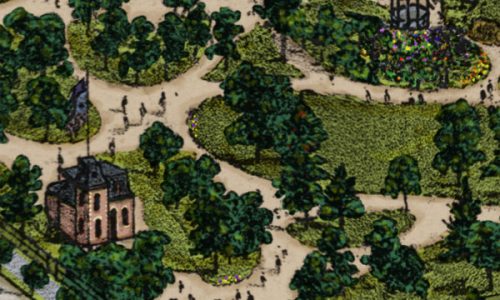
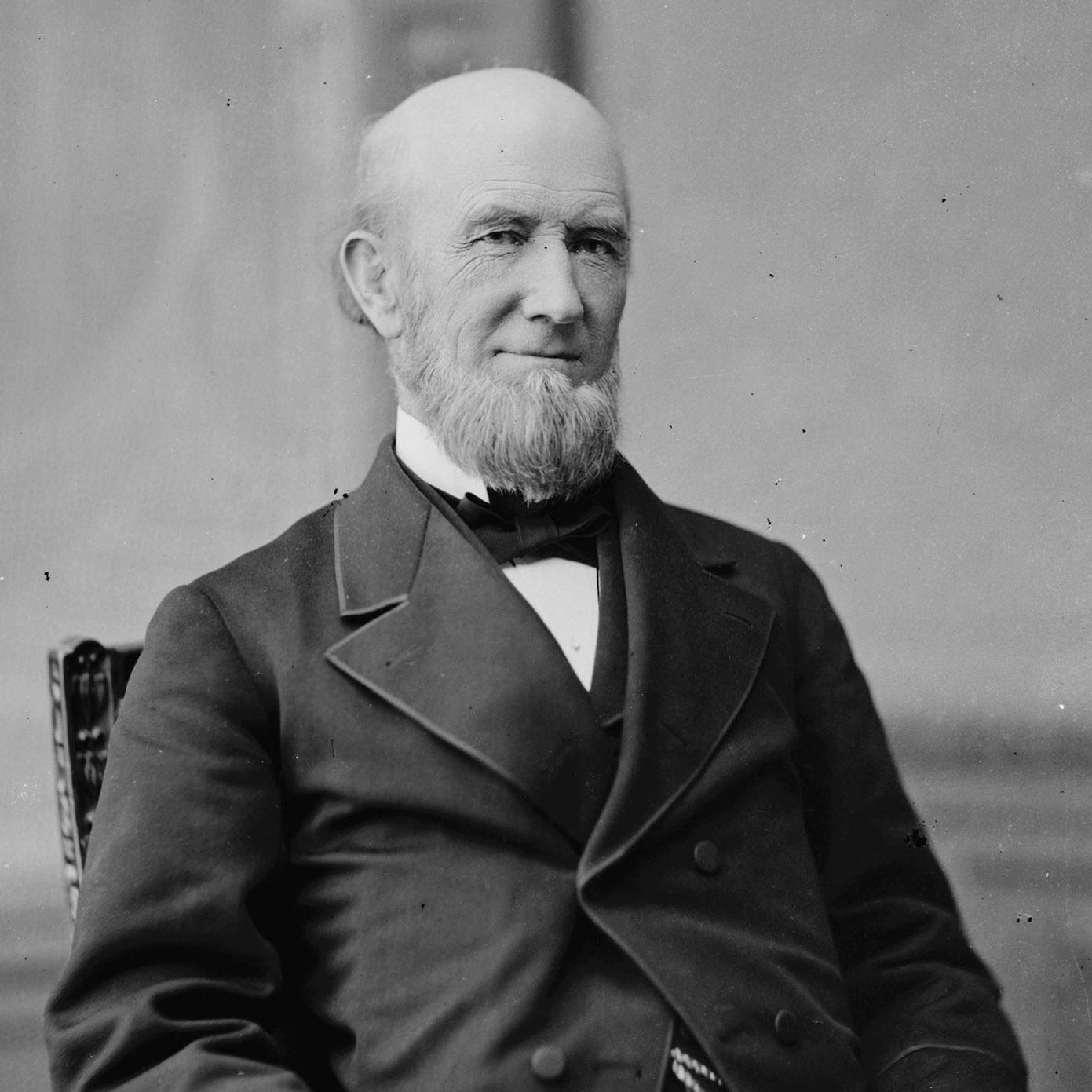
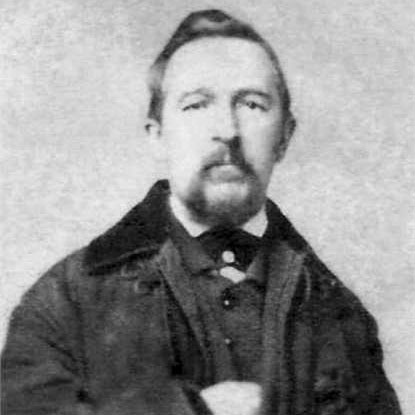
I enjoyed your article on the Towers. I have worked on both the Grand Av. and Compton Hill Towers in the 70’s when the Water Div. was renovating them. I have been to the top of both many times.
Jeff’s full of shit !!!
I have seen all three many times. In the early 70’s I worked for the Missouri Division of Family Services. As a very young social worker they always served as landmarks when I was searching for my clients homes to make a visit. They always interested me and I’m pleased to learn their history.
The Compton water tower is also available to rent by the hour.
I lived at 1435 E. Grand in the 60’s. Walked past the Grand Water tower going to school. Also walked past the Bissell tower going to the park on the other side. I went to school there from Kindergarten to 4th grade. I lived right across from the I think it was a Jewish Hospital? I have memories walking with my parents around these landmarks. Thank you so much for sharing. I am now in my late 50’s. Lived in Texas for 38 years.. so I miss old St. Louis.. but it isn’t the same.
That was The Jewish Old Folks Home at Grand and Blair. In the 70s they moved to Chesterfield and became the Jewish Center for Aged.
There is also a water tower in Tampa Florida, Sulphur Springs built to provide water to Sulphur Springs Apts and Maves Arcade.
But is it a “standpipe” water tower?
Tower # 1 (the Grand Tower) had a greater notice also because it was the turn around for the Grand Avenue Trolly Line. The area was a great housing area for many of the people who worked in the companies down by the river. When they built the Daniel Boone expressway it cut off the neighborhood from jobs. Workers used to just walk up the hill from the river area. As a side note to perhaps your interest, the intersection at Grand Ave and North 20th St was once in the Ripplys Believe It Or Not for having the most taverns on any single intersection. I do not remember now if it was 12 or 15. I left the area in the early 1950’s.
The name of the expressway is Mark Twain (I-70) not Daniel Boone (I-64/40).
We lived to the left of the Bissell Mansion. Actually rode one of our horses to the white water tower and the horse drank water from the water trough. 4838 Randall Place. We had a Jackson phone number.
In St. Louis, what today pressurizes our tapwater?
I love the fact that saint louis has three of the seven water towers, My business is located 197′ from the water tower on Grand Blvd. Freson’s Diner at 2017 E. Grand and everyday we get a chance to sit and eat looking directly at the water tower. This is just one of the jewels of saint Louis, and I am seeking others that would love to preserve the historical beauty of these towers. I would like to build and open a Water Tower museum this would provide a three
tier approach to help our city, #1 educational value to the importance to purpose of the towers. #2. Additional revenue for the city by means of attracting tourist adding to our already collections of fine places. # bring new businesses for a dying community, such as college hill, If you have a love in preserving these towers and would like to help please contact me at qpatricia915@gmail.com or call me at 314-285-7244 I would love to hear your ideas and work with you in making this dream come to reality. I have started the progress by investing with the Diner, But need your help to complete the cycle and save the strip. Let’s make Grand Blvd – Grand Again.!! Lets give our children something to be proud of when they tell the world about Saint Louis the place they live. Together we can do it, building something that time will embrace, The Water Tower History Museum, and come share your stories with the world we all want to hear them of how things use to be. Will you help me bring these great structures and how they served the residents of this
great city. Contact me I am waiting, Pat Woods-Qunn – visionary resident of the city of saint louis.
Thank you sir for writing this. I was trying explain this to others. I’m originally from GA but landed here 10 yrs ago. I absolutely love the history here. GA was one of the original 13 colonies, but MO seems to be the turning point after. And I’m definitely buying your books below.
I had the honor to do a couple of chapel/cathedral restorations off Kings Hwy when I first got here. That’s when I first saw the water tower off Kings Hwy
Great video footage from the sky, up close view of the top and skyline views:
https://youtu.be/jDz9A9tmmfs
I believe there are actually eight water towers, as Eden Park in Cincinnati also has a standpipe water tower, part of the old Cincinnati Water Works Eden Park Reservoir complex, which is similar in character to the Compton Hill and Bissell Street towers in St. Louis. Much like the other standpipes, it ceased operation in the early 20th Century, due to the introduction of more modern water distribution systems. I have been to almost all of the ones mentioned and the Eden Park Stand Pipe, with the only exception being the Highbridge Water Tower in New York City.